Roman villa with mosaics
Categories: Finds and rescue research abroad , Nálezy nejenom s detektorem v západní Evropě
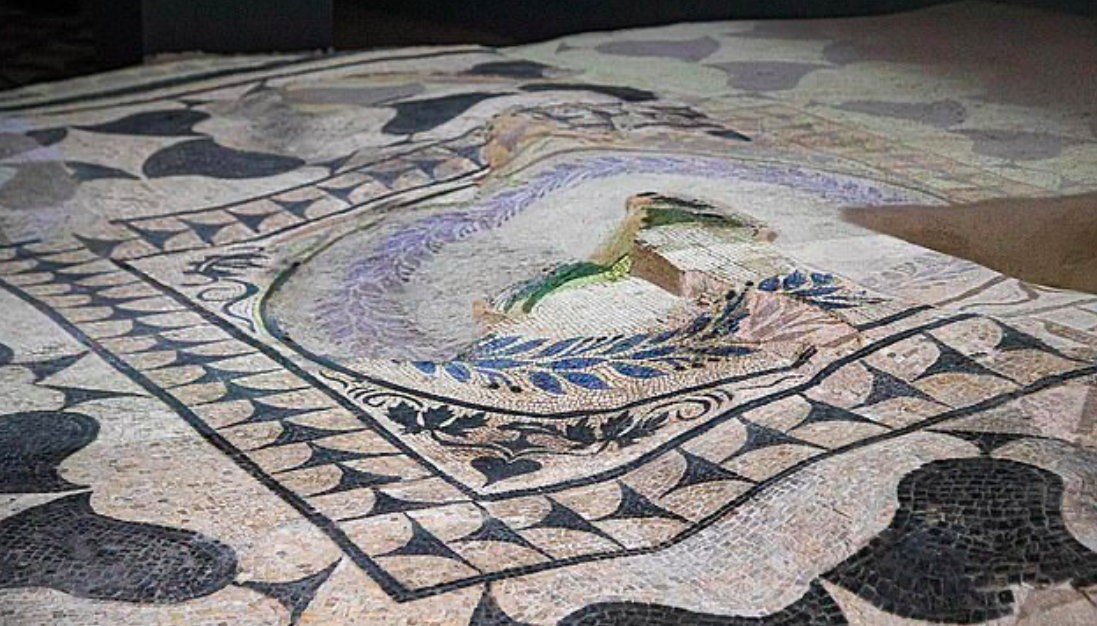
The remains of the Roman villa were discovered five years ago by workers. Archaeologists subsequently uncovered beautiful mosaics, which they will make available to the public.
The villa stood at the foot of the Aventine hill. It is one of the seven hills on which ancient Rome spread out. It is situated above the Tiber River in the southwest of the ancient city. There are several monuments such as the Christian Basilica of Santa Sabina and the Church of San Alessio.
The mosaics were part of a Roman villa where members of the upper class lived 2,000 years ago. Its remains were discovered by workers during work after the 2015 earthquake. At the time, experts said they needed to secure the local housing complex, built in the 1950s, in case another earthquake struck.
The workers came across the remains of a Roman villa underneath a block of several apartments where they were carrying out security work. The most significant discovery is the aforementioned mosaics, on which various patterns are visible at first glance, including colourful parrots and growing vines.
The archaeologists immediately started their research. In addition to the mosaics, they also discovered various artefacts such as oil lamps, keys and amphorae. But also bowls depicting Athena, the goddess of wisdom and war strategy. She is also the patron of bravery, law, justice and art. Besides Athena, the bowls also depict Heracles, the most famous hero who was immortal and became a god.
In its heyday, the Roman villa in question was home to wealthy citizens and was located near the Circus Maximus. It was an ancient sports ground located between the Palatine and Aventine hills. It held more than 150,000 spectators, and now there is a public park on the same site.
The Aventine hill itself has quite an interesting history. It was one of the seven hills on which ancient Rome was built. It is said that Remus wanted to start work on it before his brother Romulus killed him. Aventine was originally the home of the "common" citizens. Only later did the wealthy upper class move there.
"Given the rich decorations and mosaics, it is clear that the Roman villa in question belonged to a powerful man who is believed to have had ties to the emperor's family. Rome never ceases to amaze us. It is an archaeological jewel," said Daniela Porro, who is responsible for Roman cultural heritage.
Experts highlight one mosaic in particular, which depicts the figure of eight. "A rather unusual motif for that time. We have never seen anything like it before," said architect Roberto Narducci, who was involved in the research.
Experts now want to make the discoveries available to the public through a special exhibition, in the form of an underground museum. Video projections will be projected onto the walls. Visitors will see the figures of a Roman senator and his wife walking among the marble busts and furniture.
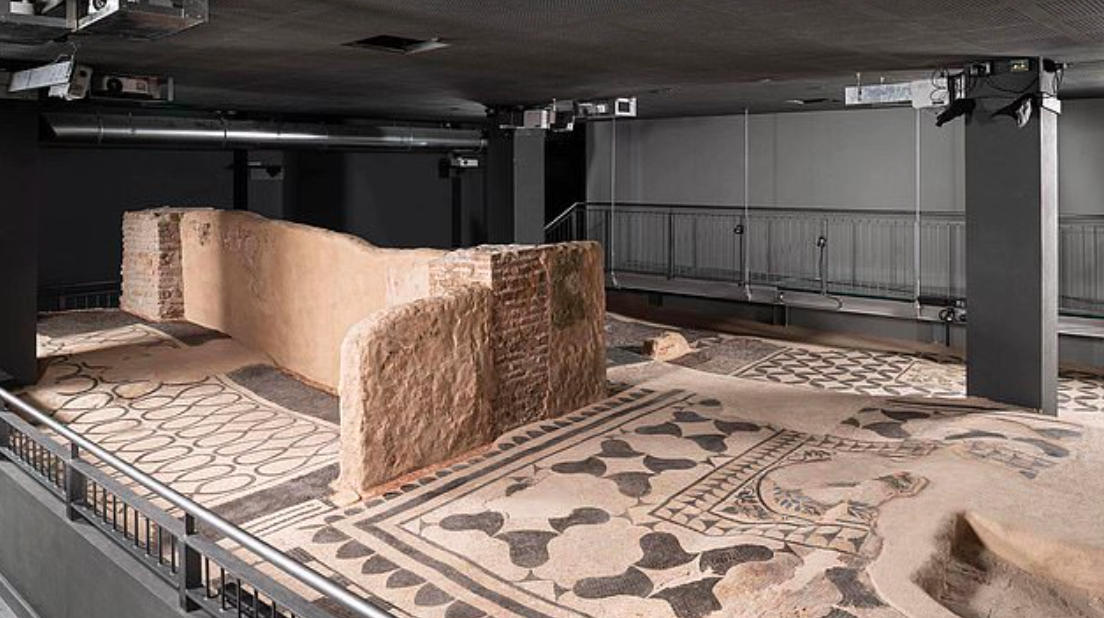
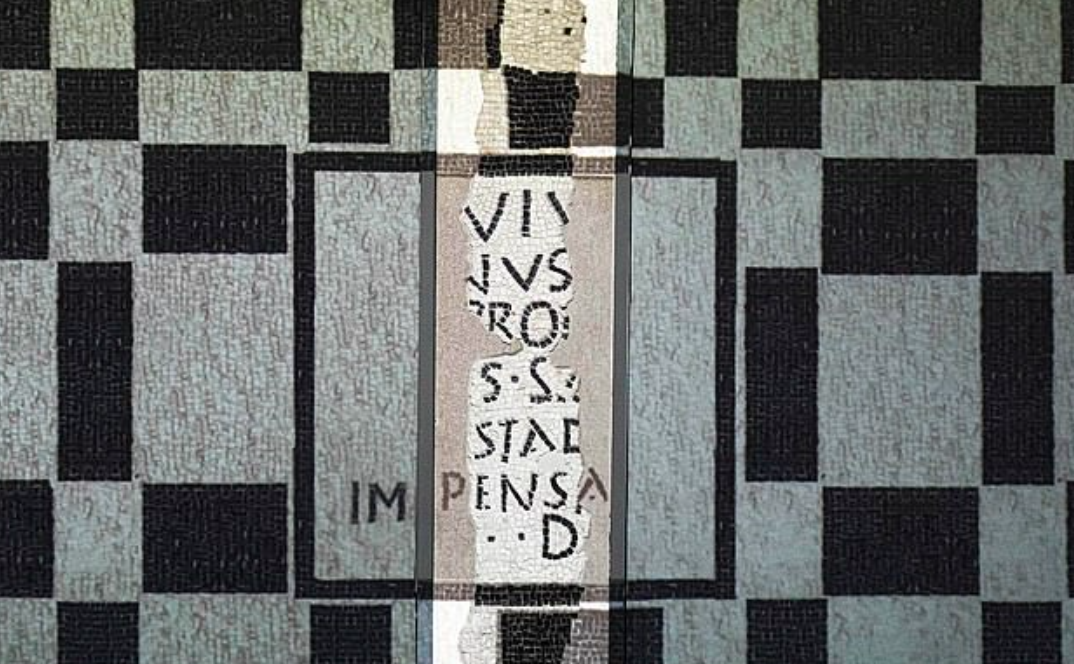
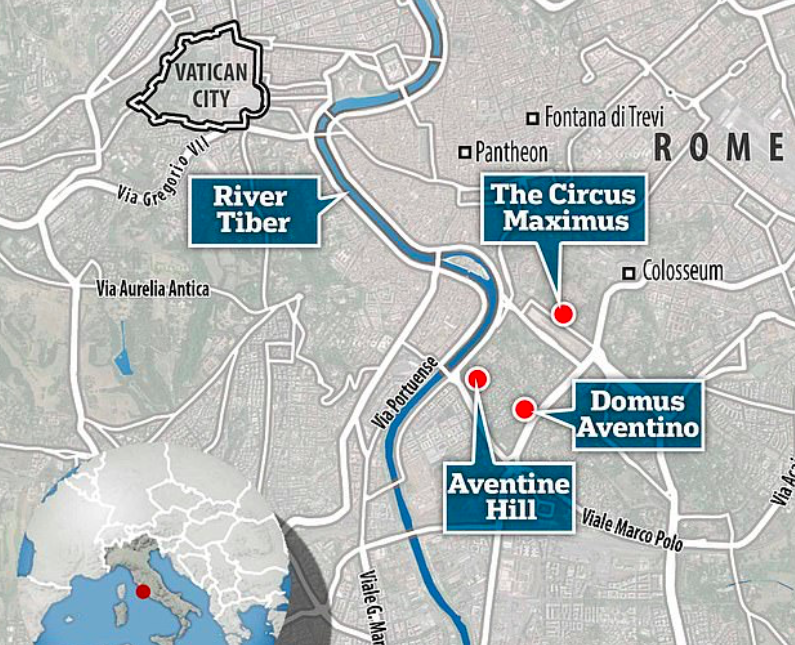
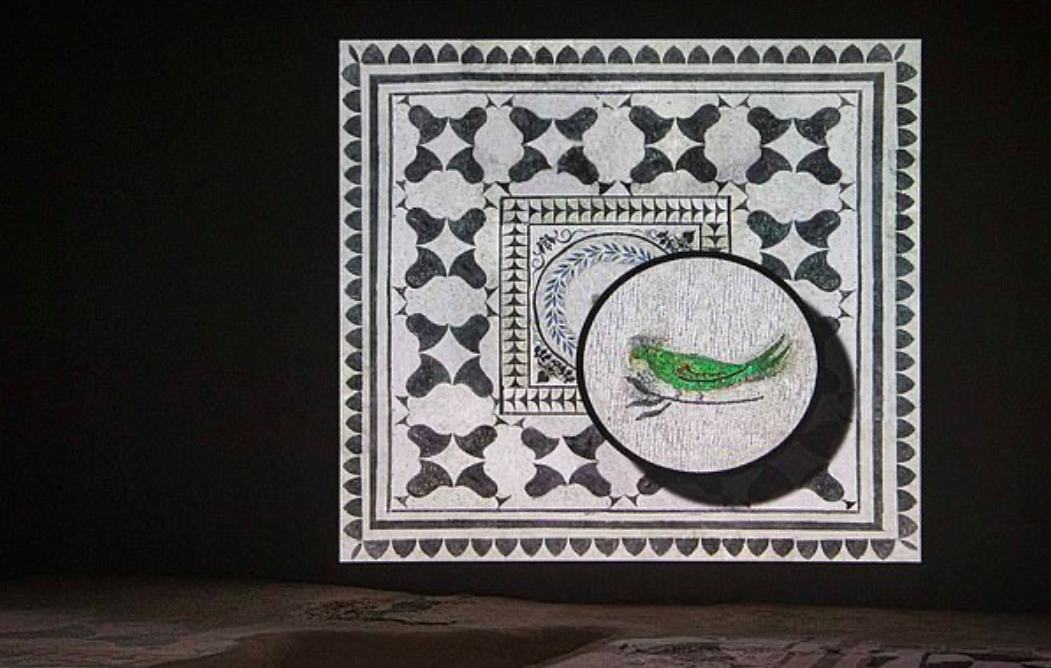
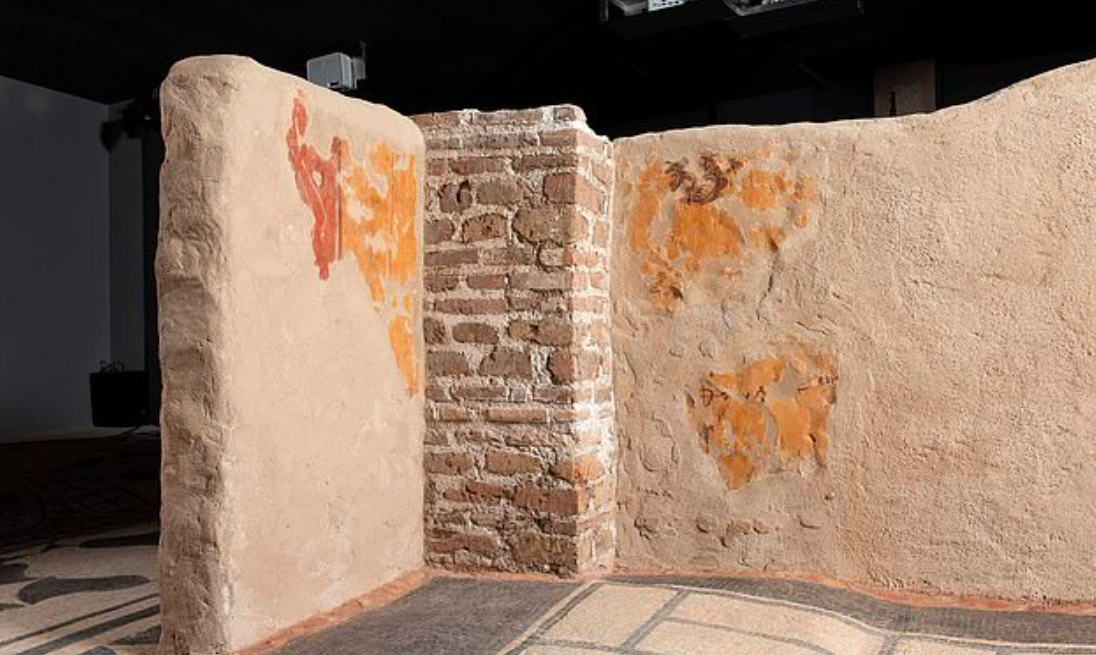
Sources: www.dailymail.co.uk,
The article is included in categories: